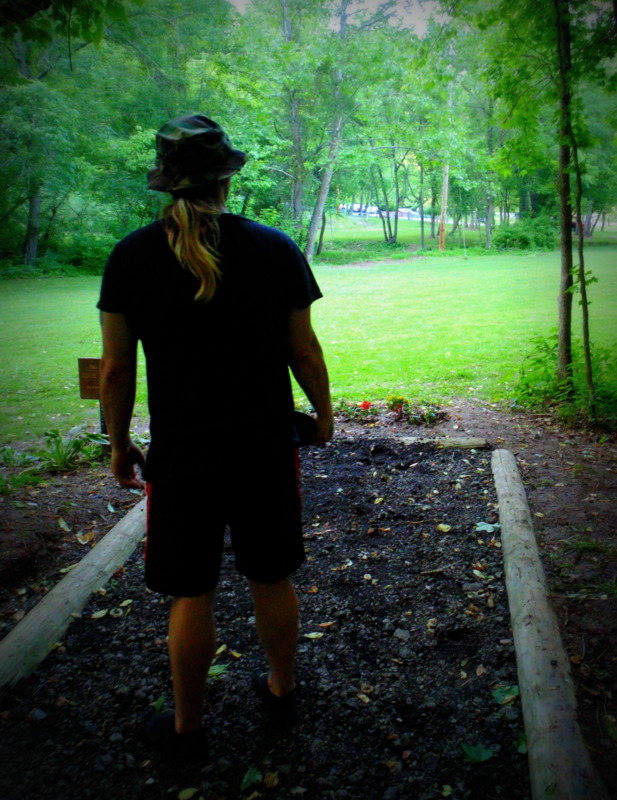CHARLESTON, W.Va. - West Virginia state forester Randy Dye today praised a new federal designation for the Monongahela National Forest designed to allow the division to work more effectively with the federal government to combat insect and disease threats.
Governor Earl Ray Tomblin requested the designation, citing several threats to the 919,000-acre forest, including beech bark disease and infestations of gypsy moth, hemlock woolly adelgid, and emerald ash borer. Dye said the designation applies to 94 national forest areas in 35 states that are experiencing or at risk of experiencing an insect or disease epidemic, which also makes forests more susceptible to wildfire.
“I believe the Insect and Disease Area Designation, which was made possible by the 2014 Farm Bill, is an essential tool to protect one of our nation’s greatest treasures -- the Monongahela National Forest,” Dye said.
The Monongahela occupies parts of 10 counties in eastern West Virginia and is located within a day’s drive of approximately half of the U.S. population.
“This designation allows the Forest Service to more quickly plan insect and disease treatments and restoration projects within the designated areas,” Dye said. “I look forward to working with the U.S. Forest Service to help keep the Monongahela National Forest a wild and wonderful place for future generations to enjoy.”
For more information about insect and disease designations, including specific areas, forests by state and the governor’s designation request letter, visit www.fs.fed.us/farmbill/.
Sign up to receive a FREE copy of West Virginia Explorer Magazine in your email weekly. Sign me up!


